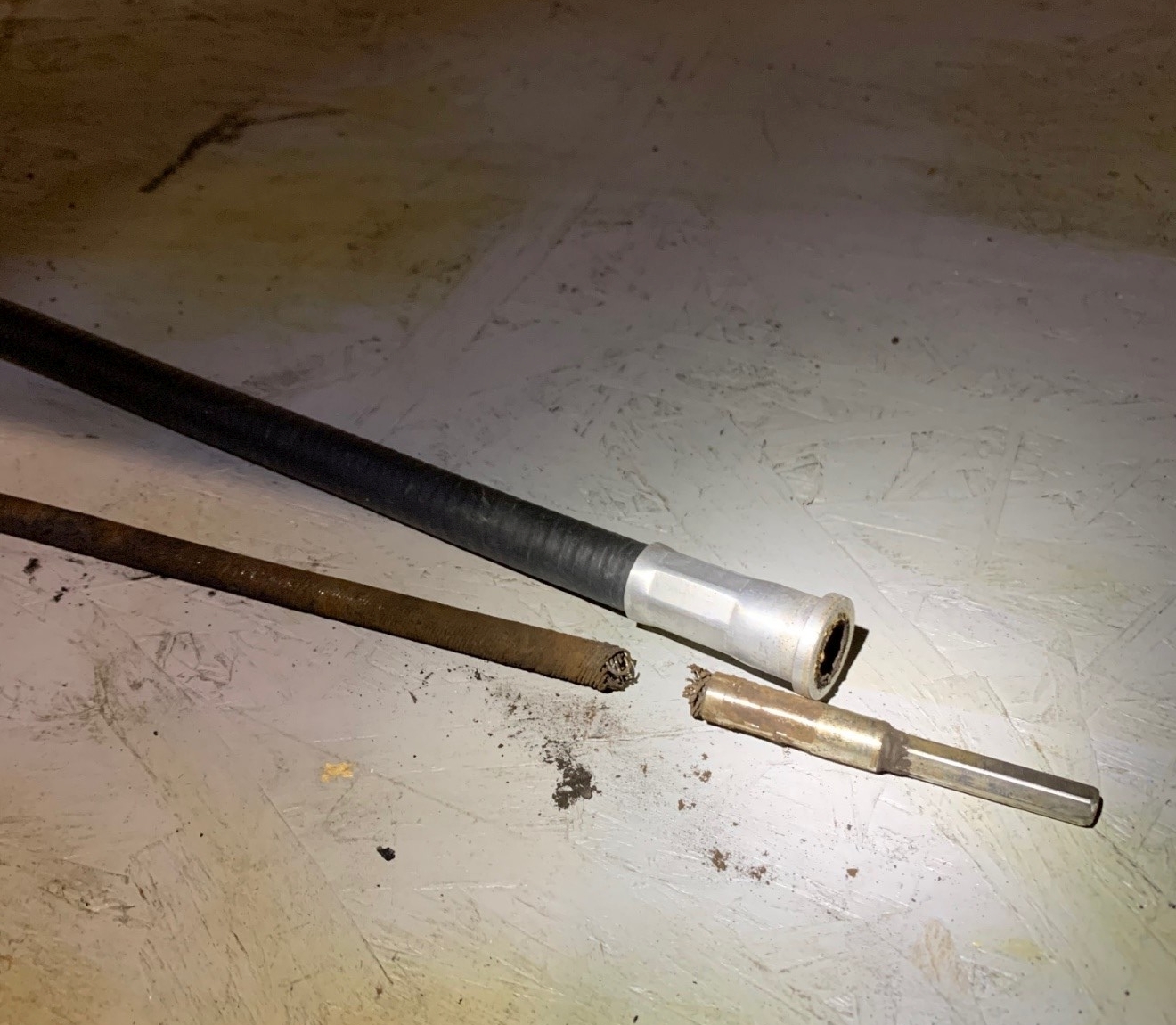200 Promenade du Portage
Place du Centre, 4th floor
Gatineau, QC K1A 1K8
29 July 2020
President and Accountable Executive
Bombardier Aviation
400 Boulevard Côte-Vertu Ouest
Dorval, QC H4S 1Y9
Re :
Air Safety Information Letter A20W0016-D1-L1
Challenger 605 Series Flap System Inspection Interval and Challenger CL60 Series Cross Fleet Product Improvement
On , the Bombardier Challenger 605 (CL-605) (registration C-GKCP, serial number 5945), operated by Canadian Pacific Railway Company, departed Palm Beach, Florida, United States, bound for Calgary, Alberta, with 2 flight crew members, 1 cabin crew member, and 10 passengers on board. During the descent into the greater Calgary area, the flight crew selected flaps 20 and immediately received a “FLAP FAIL” caution message on the engine indicating and crew alerting system. The flight crew requested and received delaying vectors to the east, and proceeded to complete the flap fail procedure in the Quick Reference Handbook. C-GKCP was subsequently sequenced back in for a landing on Runway 17R.
The aircraft touched down at 1434 Mountain Standard Time and, during the landing roll, maximum reverse thrust was selected. The pitch attitude increased to a point where the rear fuselage made contact with the runway. During the recovery from the nose-high attitude, the nose landing gear struck the runway hard. The landing roll was completed and the aircraft continued to the intended parking area. There were no injuries to the passengers, the flight crew, or the cabin crew. Subsequent inspection of the aircraft revealed that the rear fuselage fuel dump drain mast had broken off during the tail strike. It was later found on the runway. There was also significant structural damage to the lower forward fuselage in the area of the nose landing gear. The investigation into this occurrence (A20W0016) is ongoing.
Challenger 605 series flap system inspection interval
Initial investigation has identified that the flap flexible drive shaft located between the flap actuators of the left inboard flap segment had failed at the outer end, where the drive shaft is attached to the outboard flap actuator. Subsequent inspection identified a significant amount of rust and corrosion (Figure 1).
At the time of the occurrence, the aircraft had accumulated approximately 1800 hours total flight time. An initial detailed flap flexible drive shaft inspection had not been performed, nor was it required to be. The deteriorated condition of the flap flexible drive shaft inner core went undetected, and subsequently, the component failed in flight.
The only scheduled maintenance task for the flap flexible drive shaft is the detailed inspection task, performed at the 2400 flight hour interval. According to the CL-605 Maintenance Review Board (MRB) Report, which is based on an average annual aircraft usage of 500 flight hours and 300 landings,Footnote 1 the calendar inspection interval would be 4.8 years. As mentioned previously, the occurrence aircraft had accumulated approximately 1800 hours total time since its manufacture in 2013. That usage averages out to 257 hours per year, or approximately ½ of the projected usage. A review of the CL-605 average annual aircraft usage data, published by Bombardier, revealed that the average annual fleet usage is in line with the average usage of the occurrence aircraft, or approximately ½ of the projected usage on which the MRB is based. As such, hourly maintenance items are being conducted at a corresponding calendar interval that is almost twice as long as was originally intended.
Challenger CL60 series cross fleet product improvement
The flap flexible drive shaft has a slight incline when installed; the outboard end is higher than the inboard end. It was the outboard end that failed on the occurrence aircraft. It is likely that moisture ingressed into the flap flexible drive shaft casing via the flap flexible drive shaft to flap actuator interface.
The flap actuating system for both Challenger CL60 series corporate aircraft and CRJ 100/200 series aircraft are nearly identical in design and construction. One exception is that the CRJ 100/200 series aircraft have a seal incorporated where the drive cable is attached to the flap actuator. This is done in an effort to maintain a hermetic seal of the flap flexible drive shaft assembly. The CL60 series corporate aircraft flap flexible drive shafts do not incorporate any type of seal installation.
Internal contamination and corrosion of the flap flexible drive shaft assembly had previously been identified as an in-service issue on the CRJ 100/200 series aircraft. In an effort to eliminate contamination and corrosion on the CRJ flap flexible drive shafts, Service Bulletin 601R-27-150 was published on 12 July 2007, with instructions for inspecting the flap flexible drive shafts and flap actuators for contamination. Among other maintenance actions, this service bulletin incorporates a pressure decay test of the flap flexible drive shaft housing to detect any faults in the casing that may permit moisture to ingress into the flap flexible drive shaft core. Additionally, a metallic sealing washer is installed between the flap flexible drive shaft casing and the flap actuator during installation, and the torque on the ferrule nut securing the flap flexible drive shaft housing is increased from 70–80 in./lb to 160–180 in./lb. There is no corresponding service bulletin applicable to addressing contamination and corrosion of the flap flexible drive shaft assembly on the CL60 series corporate aircraft.
The foregoing is provided for whatever follow-up action is deemed appropriate.
The TSB would appreciate being advised of any action that is taken in this regard.
Upon completion of investigation A20W0016, the Board will release its investigation report into this occurrence.
Yours sincerely,
Original signed by
Natacha Van Themsche
Director of Investigations — Air
Transportation Safety Board of Canada
cc:
- Director General, Civil Aviation, Transport Canada
- Safety Policy and Intelligence – Civil Aviation, Transport Canada
- Chief Air Safety Investigator, Bombardier
